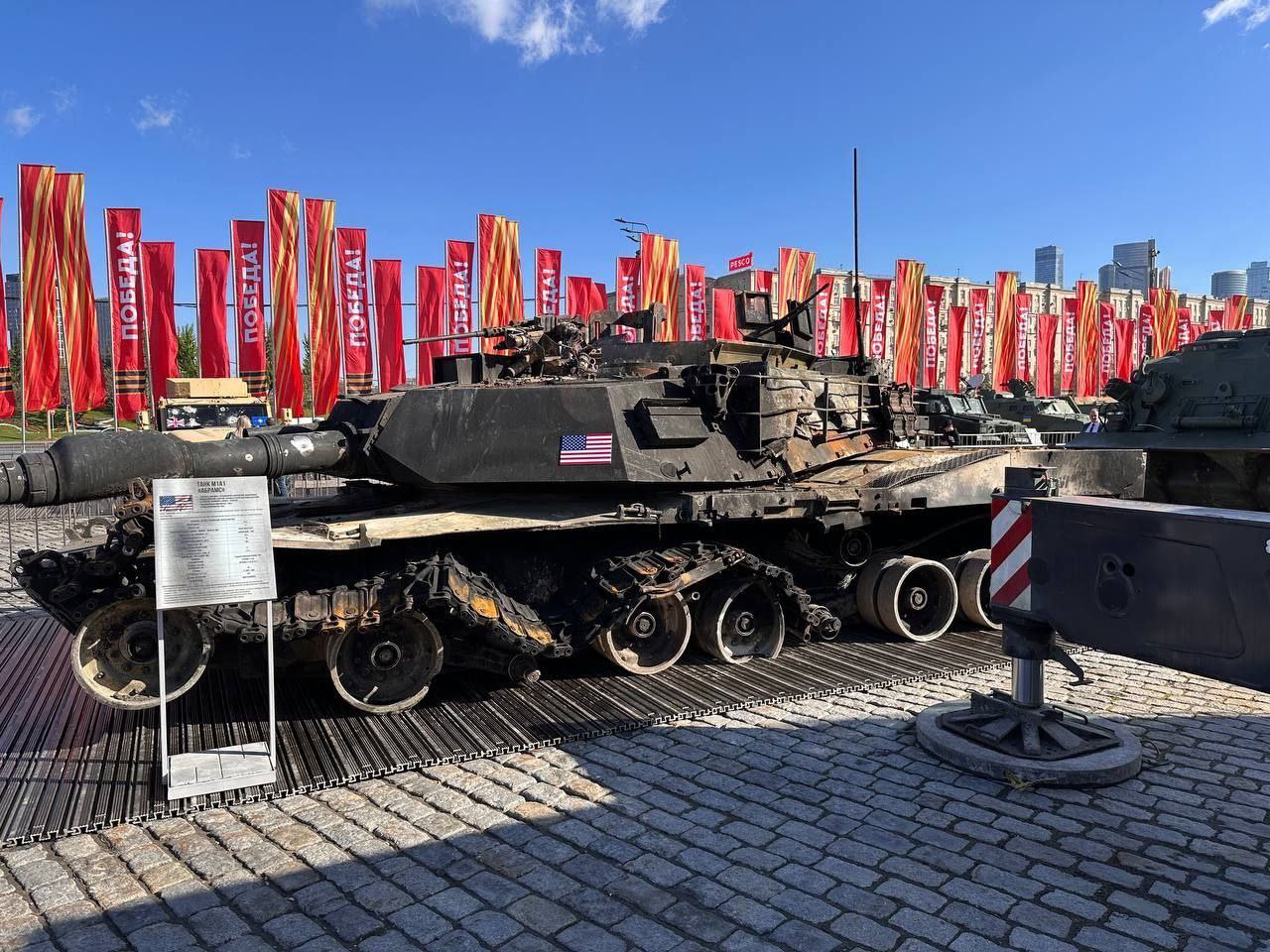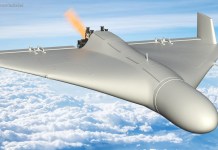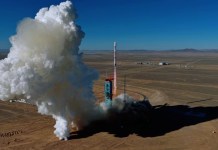Ukrainian soldiers stationed in the Kursk region have reportedly ‘highly praised’ the UK-supplied Challenger II tanks, underlining their pinpoint accuracy, advanced fire control system, and survivability in the harsh battlefield conditions.
The tanks, which were delivered to Ukraine by Great Britain in 2023, are now serving with the 82nd Airborne Assault Bukovyna Brigade.
In an interview with ArmyInform, Tank commander Oleksandr, who has transitioned from a career as an electric and gas welder to commanding one of these powerful machines, described the Challenger II with a touch of humor.
“We didn’t give this tank a call sign, but sometimes we call it ‘baby’ among ourselves,” Oleksandr said, chuckling.
While the name “baby” may seem at odds with the tank’s imposing size—standing 2.5 meters tall and over 8 meters long—the crew’s affection for their vehicle is clear. Despite the tank’s massive size, the vehicle’s performance in combat has earned the crew’s admiration.

According to Oleksandr, one of Challenger II’s key strengths is its accuracy. The tank has a rifled 120mm gun and a sophisticated firing system that adjusts for factors like wind speed and humidity.
The onboard computer acts as the tank’s “brain” and allows the crew to make highly accurate shots at distances of up to 10 kilometers. “It works like a sniper,” Oleksandr explained.
Stanislav, the loader in the crew with the call sign “Patron,” elaborated on the tank’s advanced targeting system.
“If two tanks appear: one at 1800 meters and the other at 2300 meters. A laser measurement is taken for both tanks, and the computer stores the data for both targets. When the commander decides which one to engage, the gunner can simply switch between targets with the press of a single button,” Stanislav added.
Unlike Soviet tanks, which use automatic loaders and require fewer crew members, the crew of the Challenger tank is still required to load shells manually. However, Patron said that this is not a difficult task.
“There’s nothing complicated. After the first shot, everything happens automatically. You just need to load the next projectile,” Patron explained.
The crew stressed that NATO-supplied tanks, such as the Challenger 2, are a prime target for Russian forces on the battlefield. As a result, these tanks are constantly threatened, making mobility an essential tactic for their survival.
The crew praised the tank’s durability. Oleksandr recounted an incident where the Challenger II survived a direct hit from a high-explosive round during a rocket attack by Russian helicopters.
“The damage was 720 mm deep, but the crew inside survived. The tank could still move and complete its mission,” according to the Tank commander Oleksandr.
Despite the heavy damage, the Challenger II safely transported the crew to a secure location. After repairs, it was back in action, continuing to combat enemy forces.
However, this doesn’t mean that the Challenger 2 tank is without its flaws. One of the crew members shared his observations about the engine, noting that while the current 1200-horsepower engine is powerful and reliable, it does require consistent maintenance to function at its best.
Without timely upkeep, the engine may struggle to perform at optimal levels. He suggested a more powerful 1500-horsepower engine would enhance the tank’s capabilities, particularly in high-pressure combat scenarios.
Better Than Abrams Tanks?
This isn’t the first time Ukrainian soldiers have praised the British Challenger 2 tank. Last year, a Ukrainian crew member likened the Challenger 2 to a “sniper rifle among tanks,” emphasizing its remarkable accuracy and other advanced features.
These tanks have consistently demonstrated their value in Ukraine’s fight against Russian forces, reinforcing their reputation as reliable and effective assets.
In contrast, despite their high expectations, the American Abrams tanks have received mixed reviews from Ukrainian tank crews. The M1A1 models, deployed to bolster Kyiv’s defenses against Russia, have faced criticism from those operating them on the battlefield.
Ukrainian soldiers have expressed concerns about the Abrams tanks’ armor, suggesting that it may not be adequate to withstand modern weaponry.
Earlier this year, Ukrainian crews who trained with Abrams tanks in Germany pointed out that the tanks occasionally failed to hit their targets precisely. They also reported other technical challenges, raising questions about the Abrams’ performance in active combat scenarios.

Retired US Army General Mark Hertling, however, dismissed the concerns, claiming that some of the issues raised, such as condensation on the tank’s instruments, were exaggerated and misleading, defending the performance of the Abrams.
Yet, even in the latest interview, Ukrainian tank commander Oleksandr shared his personal experience with the Abrams, stating that he found it less accommodating than other tanks.
Having had the chance to sit in an Abrams, Oleksandr noted that its compact interior left him feeling cramped, particularly when examining the driver’s seat and turret. He admitted that the limited space made the Abrams a less favorable option for him compared to other vehicles, including domestic designs.
“I was sitting in an Abrams once. I didn’t like him. It is much smaller. To be honest, I didn’t even get into domestic ones. I looked at the driver’s seat, looked into the turret, and realized that I wouldn’t even have enough space there,” said Oleksandr.
- Contact the author at ashishmichel(at)gmail.com
- Follow EurAsian Times on Google News




